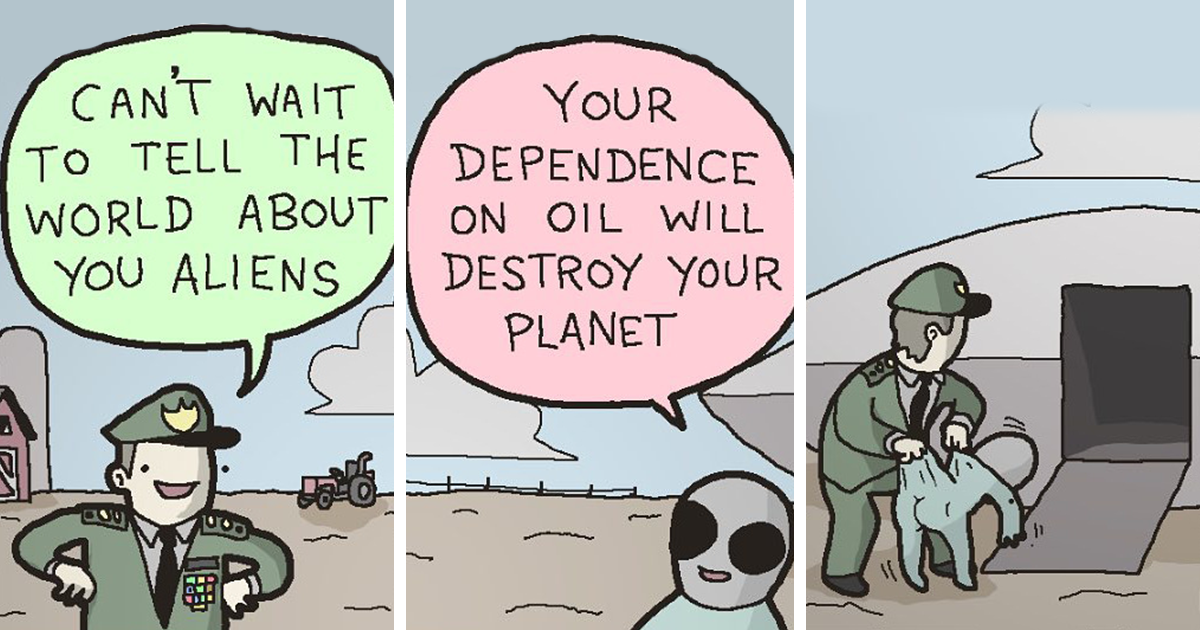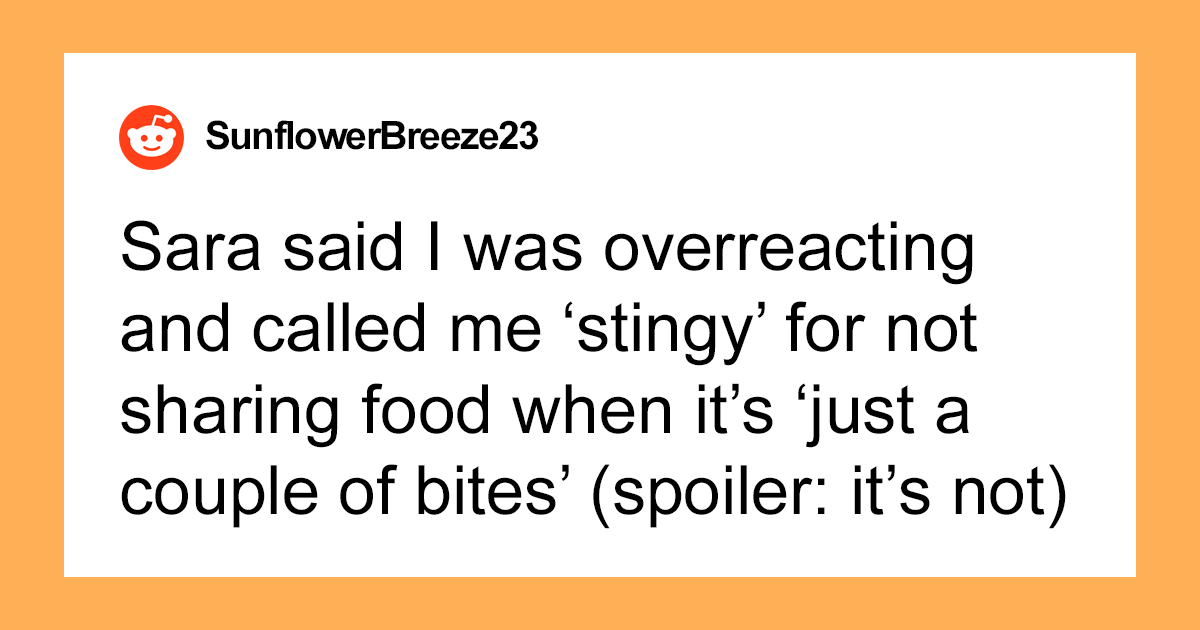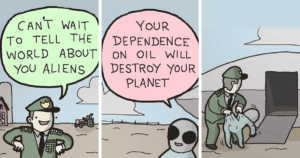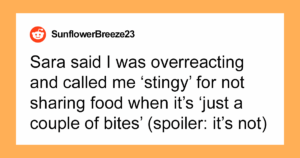“Is Brain Rot Finally Over? Discover the Three Surprising Trends That Could Change Everything!”
Even though lockdown has been lifted for awhile now, many people still reflexively lose hours every day just scrolling hundreds of videos, hoping for that one little hit of dopamine. This comes with its own slew of issues from anxiety to depression, but the main point here is that there are or at least have been a large segment of viewers conditioned to just sit and scroll no matter what shows up on their screen.
At some point, you will be scrolling through content faster than folks can make it, so it’s not surprising that most of the as of yet unviewed videos will be ones that probably took people mere minutes to make. After enough exposure to “brain rot,” people start to internalize the vocabulary, which then trickles into their everyday speech.
However, for the most part, brain rot is by and large “faceless,” in the sense that it uses or contains slang trends and memes that have been subsumed by Gen Z and Gen A. This allows for “brain rot” content to be made incredibly quickly, but also removes any sort of human connection from it. As Eugene Healey states, this means that it can be easily replicated by AI, since there is little to no “personal touches” when making these sorts of TikTok’s.
Despite what the slew of AI pundits would have you believe, people don’t just want one thing. There will be viewers for AI content (or “slop” as some call it) but most real people won’t just consume this one type of video day in and day out. The simplicity of brain rot content might end up working against generative AI which can only mix the bits of data it has. At some point, it will run out of ingredients.












